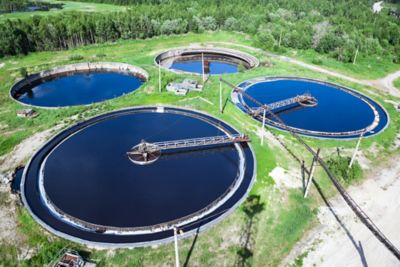The best silo blower or compressor for your financial capabilities
When you are looking for the right silo blower or compressor solution for your pneumatic conveying system, it is easy to be overwhelmed by the wealth of information out there. You can find many different types of blowers and compressors: From no-frills, reliable blowers to state-of-the-art, super-efficient compressors with amazing connectivity options.
So which solution should you choose? The answer appears to be simple: The one that is right for you.
While that seems obvious, it can be a bit more challenging than it sounds – because you not only have to know your system and your specific needs, you then also have to find the right compressed air partner.
Understanding your compressed air needs
- Rotary lobe blowers: These blowers offer a low-cost, easy-to-use, and dependable option for operations requiring a low volume of low pressure compressed air for a limited number of hours. These positive displacement blowers are known for their reliability – even in tough conditions. This means they are very suited for several pneumatic conveying applications. Their simple design makes them easy to maintain, and a low noise emission contributes to their user-friendliness.
- Screw blowers: These blowers are much more energy-efficient than lobe blowers. As a result, in applications with high compressed air demand, they can quickly make up for their higher investment costs with energy savings.
Finding the right compressed air expert
Once you have a general idea which technology and blower are probably best for you, it’s time to talk to the experts.
An expert should be able to provide you with additional advice, check if the existing compressed air system, or the one you have in mind, is the best one for your process and help you identify factors you may have overlooked.
We can to offer you a solution that works for you and not the other way around. Thanks to our comprehensive portfolio, we can really look at your system’s needs without being limited by the solutions we have on offer. Together, we will look at your blower’s anticipated lifecycle costs, with a special emphasis on energy expenses. If one of our energy-efficient products will offer you the lowest total cost of ownership, then we will explain to you how and when you can recoup the higher initial investment. However, if your operating hours or your compressed air demand is too low for this to make sense, then we will tell you.

